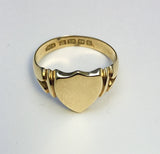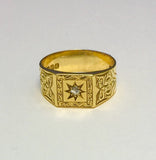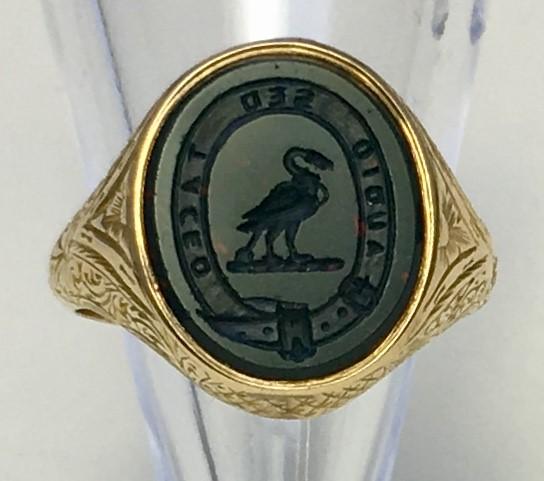
Signet rings are steeped in heritage which we briefly explore within this article. In modern society signet rings may have lost their original functionality, but they have not lost the individuality of design or sophistication that makes these iconic rings so popular.
Throughout history signet rings (also known as seal rings) were often decorative in order to seal important documents. They communicated a families status in society by being embellished with a family crest. It was a useful way of providing authenticity to the receiver. Wax would be melted onto a document and the top of the ring was impressed into the wax to leave a clear and permanent mark.

Records show that people in Mesopotamia used signet rings as far back as 3500 BC. They were usually cylindrical devices that would be rolled across wet clay leaving an impression. Jars and packages were sealed in this way.
By the middle ages the wealthy and powerful would wear signet rings to show their position within society. They used their rings to sign and seal letters, stamp important legal documents and were often destroyed when the individual died.
The nineteenth century saw signet rings become more of a status symbol rather than a legal mark. The top of the ring was usually decorated with an engraving or pattern and could also be seen to include precious or semi-precious jewels within the design.

Today signet rings are worn as a fashionable piece of jewellery rather than a means of identification. Family crests, initials or some other personalised designs can be something added to the design of the ring, and are favoured by both men and women. It is lovely to see this iconic piece of jewellery withstand the test of time.





